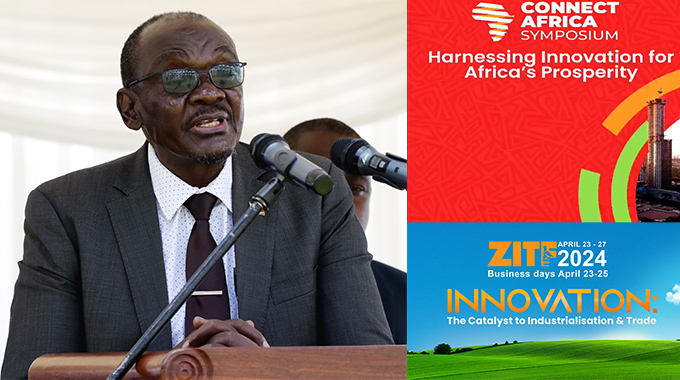Night driving experiences
Parliamentary Select Committee to look into the banning of left-hand drive vehicles.
We did comment on this subject in our previous articles as issues concerning motor vehicles is our passion.
In addition to our previous articles on bright lights we wish to focus further on experiences gained by those who drive at night. These will give testimony to other drivers and road users how damaging blinding other drivers with headlights can be.
One bus driver plying the Harare-Chirundu road who normally drives at night commented that in cases of older drivers the recovery from bright lights is slower than younger drivers as the elasticity in their eyes appears to fade more especially in those over 45 years.
This results in the bulk wearing glasses in comparison to younger drivers. Some motorists spend a great deal of time driving in darkness, and yet many are unaware of the special hazards night driving presents, or do not know effective ways to deal with this haphazard.
Most accidents occur at night hence day driving is safer than night driving as there is more visibility. Statistics with the Zimbabwe Republic Police traffic section will support this.
Understandably it is the accident rate and timing of occurrence that would support our argument. Logic demands that vision plays a pivotal role in driving at night. Good reaction time when driving at night depends 80 to 95 percent on focused vision of the road. This is due to the fact that a driver’s vision is hampered when driving at night in comparison with daylight driving.
There is therefore propensity of the accident rate at night being twice that of day light driving or even more.
Have you noticed in urban areas towards sunset approximately after 5.30pm how much easier it is to see when vehicles just use their sidelights.
However, once a car comes along with headlights ablaze, your vision is momentarily destroyed – you have seen the car but perhaps not the object on the pedestrian crossing.
This can be attributed to decrease in vision hence at night the wide field of vision is narrowed by the view illuminated by your headlights, the headlights of other vehicles and fixed road lights.
Depth perception, colour recognition, and peripheral vision may be compromised at night.
You have often heard drivers talking about objects they might have seen at night.
We are not addressing the issue of fatigue or drunkenness here but rather the effect of the glare of bright lights. We wonder if manufacturers of these vehicles recognise the aspect and challenges of those drivers over 40 years of age? They might have a problem adapting to the continual exposure to bright lights when driving at night.
Drivers who have had laser eye surgery are particularly vulnerable to glare and dazzle.
We believe that the Zimbabwe Traffic Safety Council is doing a good job in empowering the motorists on the key elements of a life-saving menu on the road. This includes observation, anticipation, and anticipatory perception of hazards such as observation of small things that blinding glare and dazzle into oncoming driver’s eyes momentarily affects the observation of this safety critical information.
One of the most dangerous aspects of night driving is one that we can do little to control such as blinding glare from oncoming headlights.
Drivers can be distracted when their eyes are hit by a bright beam from the oncoming vehicle headlights. If you feel you would not be able to see when the car that is approaching from the other direction, slow down and try not to look directly at those headlights. Looking at the left side of the road may be effective. Perfect night vision is more than just having a set of lights mounted on your vehicle. Equally important is the alignment of those lights. You can have the best headlight system in the world, but if those lights point off in different directions, they are not going to do much good. Tests can be performed to see if the lights on your vehicle are aligned properly.
Keep your eyes moving, don’t be tempted to focus on the middle of the lighted area in front of you. Look out for the edges of the lighted area. Look for other patches of light that could be cars.
Look for them at hilltops, on curves, or at intersections.
l Let’s meet again next week for more tit bits from Obel and contact us through above numbers and or through G.Mbeya 0774 215 505
PROUDLY ZIMBABWEAN.










Comments